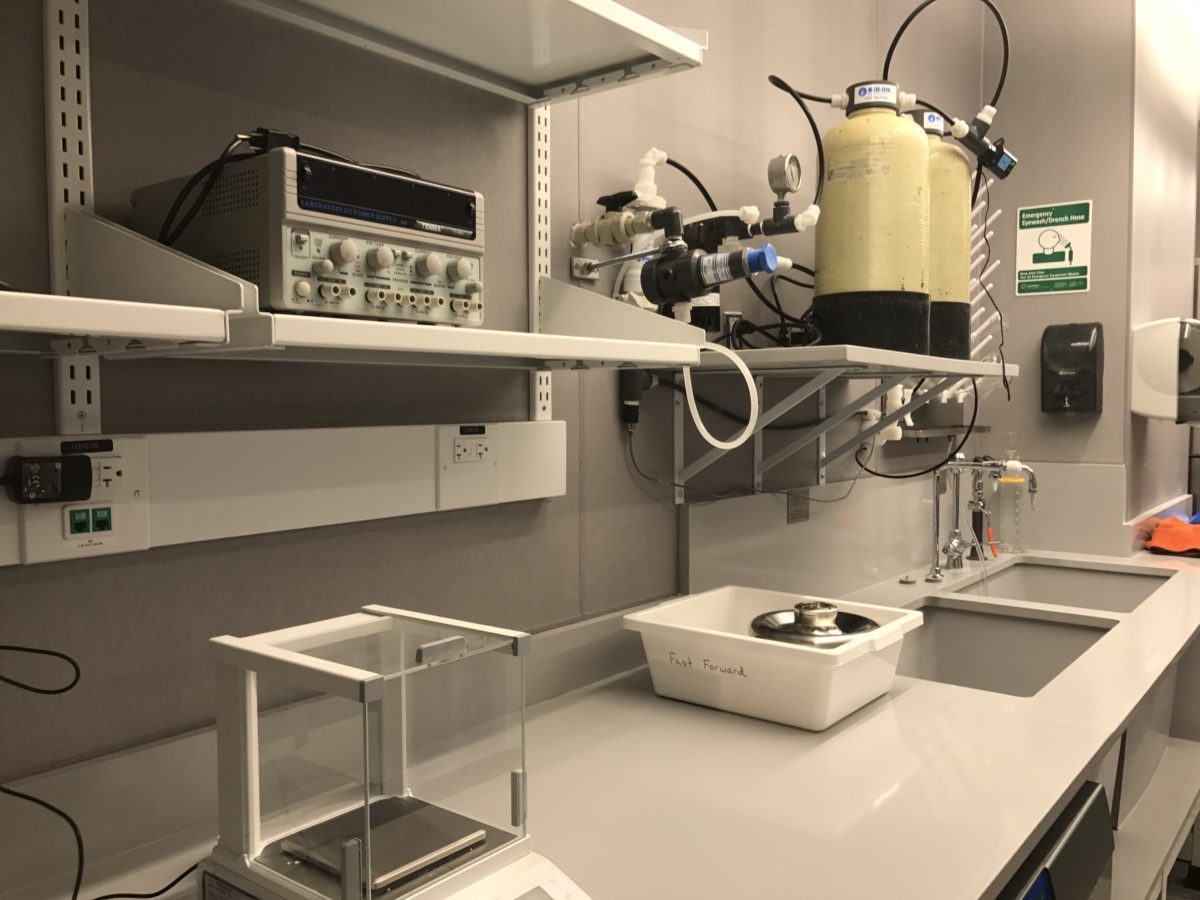The latest turn for Osiris Therapeutics: acquisition by a British multinational.
The Columbia-based regenerative medicine company entered an agreement to be acquired by London-based medical technology giant Smith & Nephew, the companies said Tuesday.
The deal, expected to close in the second quarter, is worth $660.5 million, with Smith and Nephew paying $19 per share in cash. The offer represents a 37 percent premium to the company’s 90-day volume-weighted average stock price.
All 360 Osiris employees will join Smith & Nephew when the deal closes, Osiris chairman and cofounder Peter Friedli said in a letter issued by the company Tuesday.
In a statement, Friedli called the deal a “very good outcome” for the company’s shareholders.
“The Board concluded unanimously, after taking into account the requirements needed to take the business to the next level, that entering into this agreement represents the best way to maximize value for our stockholders,” Friedli said. “I am immensely proud of the business we have built from our research into advanced regenerative technologies. I believe Smith & Nephew is the right home for Osiris and will allow our products to reach more customers, helping to restore quality of life for more patients.”
Osiris is among a base of publicly traded biotech companies in Maryland, many of which are seeking to commercialize research discoveries coming out of prominent universities and government institutions.
We sought out a fast-growing portfolio with strong clinical evidence addressing critical needs in the marketplace.
Founded in 1992, Osiris became the first company in the world to receive approval to market a stem cell drug in 2012, when Canada said it could market a treatment for children who contracted a condition after receiving bone marrow transplants, the Baltimore Sun reported at the time. Though it later sold that business unit, the company’s portfolio grew to include treatments for wound care, orthopedics, and sports medicine.
On a Tuesday morning call with analysts and reporters, Smith & Nephew leaders said about 70 percent of sales now come from wound care product called Grafix used as a skin substitute for acute and chronic wounds in outpatient and clinical settings, and a soft tissue repair product called Stravix used in surgical settings.
The company also faced tumult, as four former executives were accused by the U.S. Securities and Exchange Commission of overstating company performance and issuing fraudulent financial statements in 2014 to 2015. The company agreed to settle for $1.5 million without admitting or denying the allegations in 2017. It had five CEOs over a two-year period from 2016 to early 2018. Current CEO Samson Tom, who had served in leadership positions at the company from 2003 to 2011, was appointed in late November 2018.
The company’s stock has since risen, with a 32 percent rise since the first of the year, according to the Financial Times. In the first nine months of 2018, its revenue was up 18.7 percent over the previous year for a total of $102 million.
With the acquisition, Smith & Nephew is seeking to add to its wound management portfolio with products that would help boost profits and expand in the American market, CEO Namal Nawana said on the Tuesday morning call.
“Greater presence in the fast growing regenerative medicine market enhances our portfolio and will help immediately accelerate our wound management business as well as provide longer term innovations in additional channels and indications,” Nawana said. “We sought out a fast-growing portfolio with strong clinical evidence addressing critical needs in the marketplace.”







